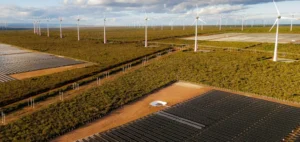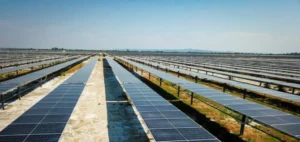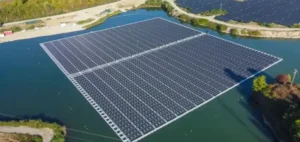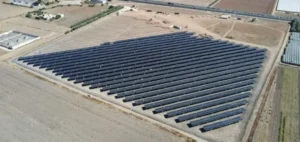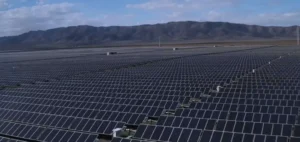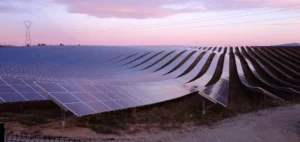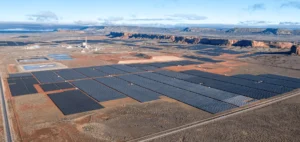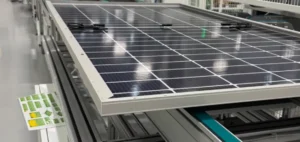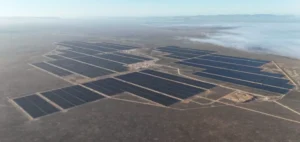Foulath Holding, an industrial group active in the steel sector and the parent company of Bahrain Steel and SULB, has signed an agreement with Yellow Door Energy to develop a 123-megawatt-peak (MWc) solar project in the Kingdom of Bahrain. This initiative includes the creation of the world’s largest rooftop solar power plant on a single site, with a capacity of 50-megawatt-peak (MWp), spread over an area of 262,000 square meters. The project, structured under a power purchase agreement (PPA), will involve the installation of 77,000 solar panels on Foulath’s industrial infrastructure.
A large-scale regional industrial project
This development marks a significant step for industrial energy in Bahrain. In addition to the rooftop units, the project will include ten rooftop photovoltaic installations and four ground-mounted photovoltaic installations, totaling more than 189,900 panels. The entire project will cover 707,000 square meters of existing industrial sites. The estimated annual production is 200 million kilowatt-hours (kWh), intended to directly power Foulath’s operations.
Targeted industrial emissions reduction
The project aims to reduce carbon emissions by 90,000 metric tons annually, in line with the Kingdom’s trajectory toward a Net Zero target by 2060. Foulath Holding has already invested around $250 million in energy efficiency projects, according to statements from its president. The company expects this new installation to support its industrial strategy while improving its competitiveness in international steel markets.
The growing role of private players in energy infrastructure
The initiative was announced at the Gateway Gulf forum, which gathered international investors and public decision-makers at the Four Seasons Bahrain Bay. Yellow Door Energy, supported by the investment fund Actis, will oversee the implementation and operational management of the project. This partnership highlights the increasing private investments in the Gulf energy sector, as industries seek to secure their energy supply while stabilizing long-term costs.






